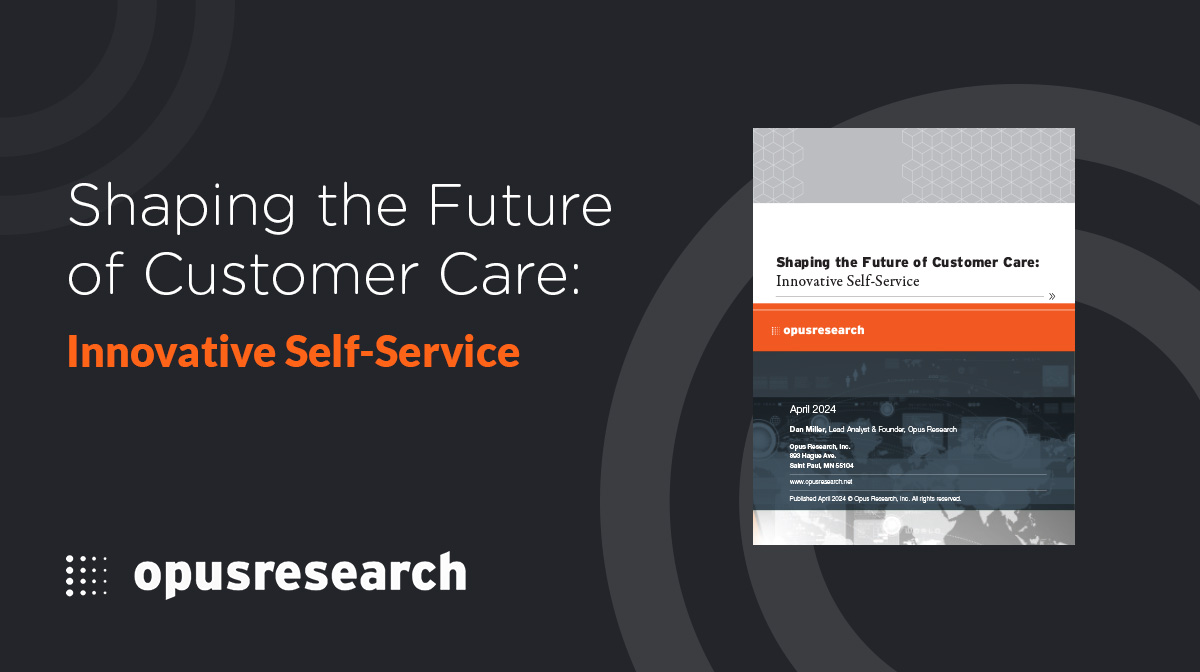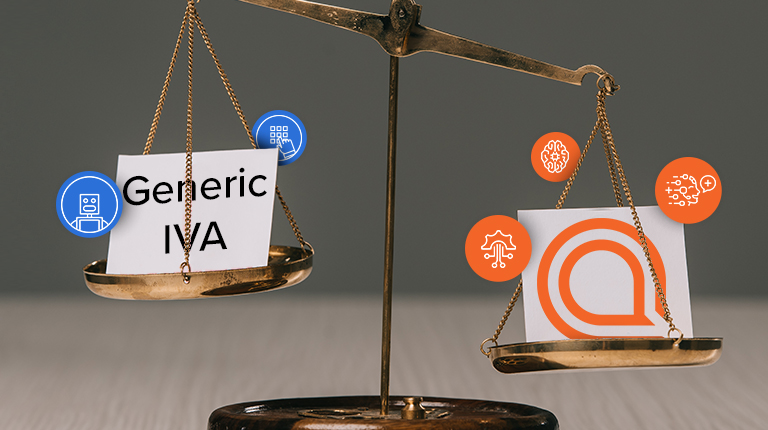If you missed the recent Interactions webinar with Opus Research, don’t worry – we’ve got you covered. Joe Kuhn, Solutions Architect at Interactions, dropped some serious knowledge bombs during the Q&A session, and we’ve rounded up his answers into a one stop guide. So, let’s dive right in!
Authentication: The Gatekeeper of Secure Transactions
Q. How is authentication an important function for an IVA?
Joe Kuhn: The vast majority of business applications for Conversational AI revolve around customer journeys that require specific transactional outcomes. In order to do that, it is often critical in those instances to successfully authenticate the customer, particularly for journeys that are going to involve Payment Card Industry (PCI), Protected Health Information (PHI), Personally Identifiable Information (PII) or any other protected information. There are numerous methods used to authenticate customers from simple Automatic Number Identification (ANI) match or password to multifactor authentication involving separate communication channels. For additional security, you can even utilize a third party provider for advanced authentication through methods such as out of wallet identification or voice biometric authentication. Interactions is familiar with all of these techniques and can provide expert guidance of the methods that are most appropriate for any situation.
ROI: The Golden Metric
Q. How will my company be able to tell if an Intelligent Virtual Assistant (IVA) has a positive Return on Investment (ROI)?
Joe Kuhn: Modern IVA solutions can provide a range of benefits including increased customer satisfaction, employee satisfaction, revenue/upsell opportunities, reduced mis-routes, and so on. But no single metric is more important to most businesses than achieving or exceeding a target ROI. Most commonly, ROI analysis is done by determining the amount of call center traffic minutes that can be successfully handled by the IVA instead of requiring a human agent. However, certain pricing methodologies can make this challenging to determine. For example, solution providers that charge businesses for every minute a customer spends interacting with an IVA can, in some circumstances, actually add overall cost to the contact center. If a customer spends time in the IVA, and then ultimately gets transferred to an agent anyway, the business is incurring a cost for the time the IVA didn’t provide any benefit. For that reason, Interactions prefers a success based approach, meaning that we only charge our customers for transactions that are successfully completed within the IVA, which ensures the business is only paying when value is delivered.
Automation and CSAT: A Happy Marriage
Q. Are you seeing more instances where both automation rates and CSAT measurements both go up?
Joe Kuhn: In short, yes. For a long time, it was assumed that automation and customer satisfaction must be mutually exclusive – you could either automate transactions and deliver a sub-standard experience, or deliver great service but require a live human to do that. However, modern IVA solutions have evolved to the point where they can deliver not only high automation rates, but also experiences that will delight customers by being conversational, efficient, accurate and most importantly, resolve the customer’s need the first time.
Generative AI: Tread Carefully
Q. How can organizations mitigate risks in the transition to Generative AI?
Joe Kuhn: We discussed this at a high level during the webinar, but I will add a little more to what was previously discussed. Generative AI (GAI) is a rapidly evolving technology, but like any new technology, there are still many gaps that need to be resolved. Chief among those are the lack of any robust security and compliance safeguards. While work continues in this area, at this point, most businesses would be well served to isolate their use of GAI to internal uses such as agent assist solutions or low risk customer facing applications such as responding to FAQ requests.
Wrapping Up
Joe Kuhns’ insights during the webinar were both enlightening and practical. From making sure your customers are who they say they are, to ensuring you get a solid ROI, and balancing automation with satisfaction, he covered it all. And when it comes to Generative AI, his advice was clear: proceed, but with caution. So, if you’re navigating the IVA landscape, keep these pointers in mind – and maybe keep Joe on speed dial!
Want to learn more about the future of customer care? Download our ebook, Shaping the Future of Customer Care: Innovative Self-Service, to explore cutting-edge insights and strategies.




